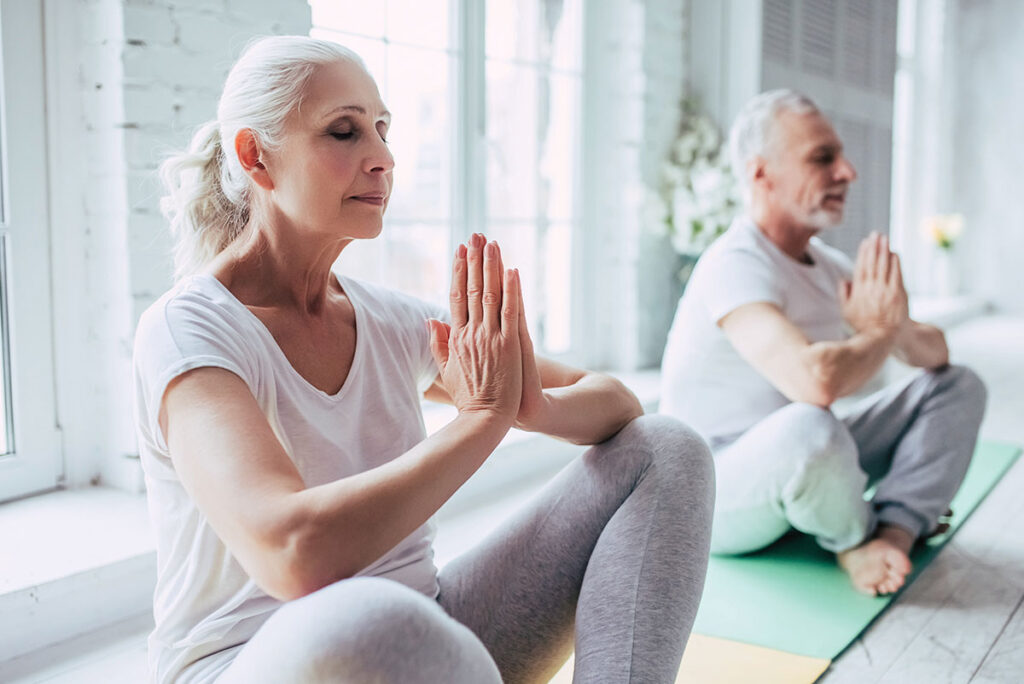Check to see if any of these resources are available in your neighborhood:
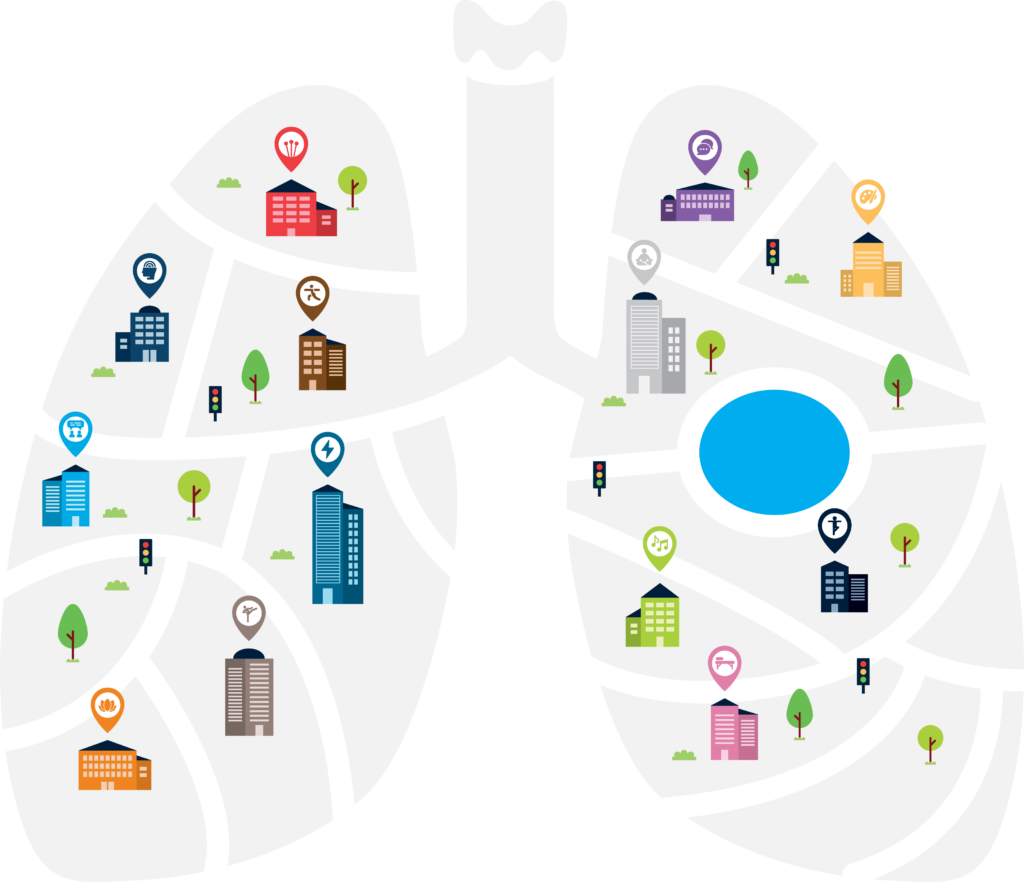
- Acupuncture
- Aromatherapy
- Art therapy
- Music therapy
- Counseling
- Energy therapies
- Hypnotherapy
- Life coaching
- Massage
- Relaxation and meditation
- Tai chi
- Qigong
- Yoga, pilates, and strength training

Acupuncture
This is a technique in which practitioners insert fine needles into the skin to treat health problems. Acupuncture has been in use in some form for at least 2,500 years and is a form of traditional Chinese medicine.
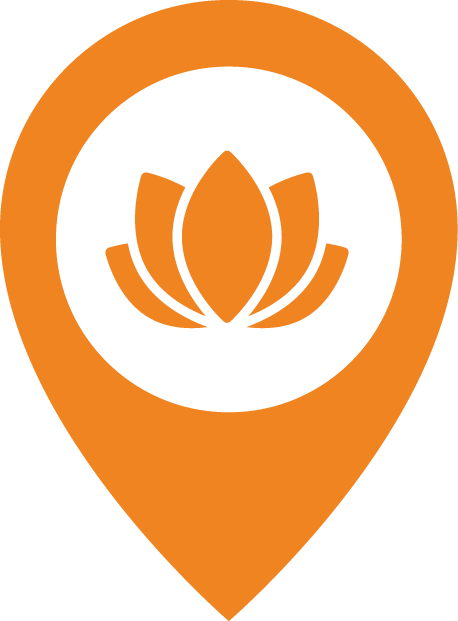
Aromatherapy
Aromatherapy is the use of essential oils from plants (flowers, herbs, or trees) as an approach to help with relaxation. They are used in massage work, baths, inhalations or vaporizers.

Art therapy
Art therapy is a way of using visual art techniques to express feelings. An art therapist can help people explore and create images that represent feelings and concerns about their health.

Music therapy
Similar to art therapy, the practice of music therapy uses music to help people engage and process emotions and concerns about their health.

Counseling
Certified counselors, psychologists and social workers work one on one or in group settings with patients to identify issues that need to be processed on deeper levels.

Energy therapies
Energy therapies use techniques to redirect energies that can help the individual body heal. Techniques include Reiki, healing touch and polarity therapy.
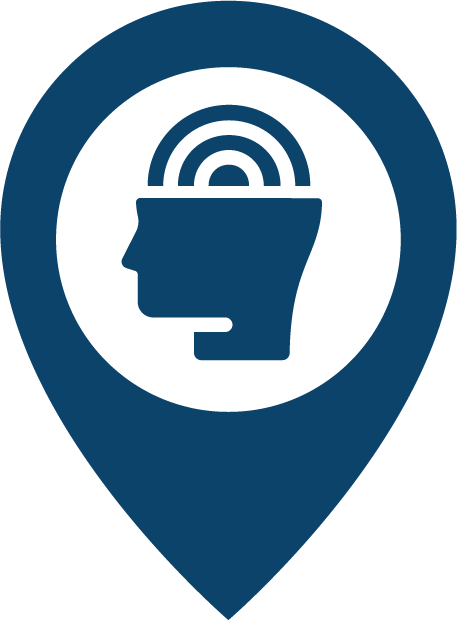
Hypnotherapy
This deep relaxation technique works to overcome mental blocks associated with anxiety, fear or unhealthy habits.

Life coaching
Life coaching is guidance offered to help people with problem-solving, behavior change and goal-setting. Life coaches have specific certifications just as therapists and counselors do.
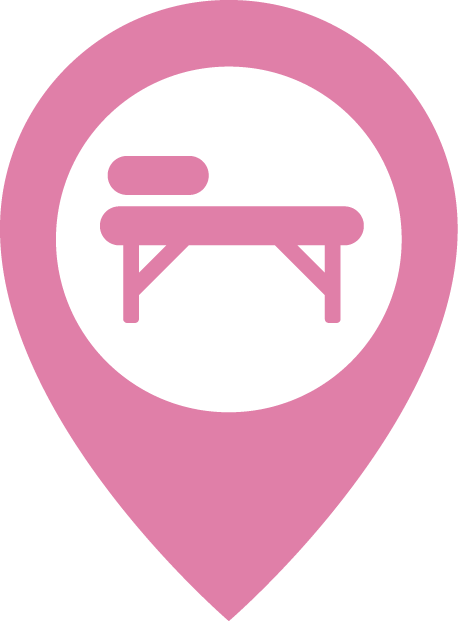
Massage
Massage involves moving (manipulating) muscles and soft tissues to manage a health condition or enhance wellness. For cancer patients, pressure used in massage therapy may need to be modified for areas that have increased sensitivity.

Relaxation and meditation
Meditation, an ancient practice, is a general term for relaxation methods which focus on calmness as well as helping the mind-body connection. Types of meditation include breathing, sounds, guided imagery and helpful repeated phrases.
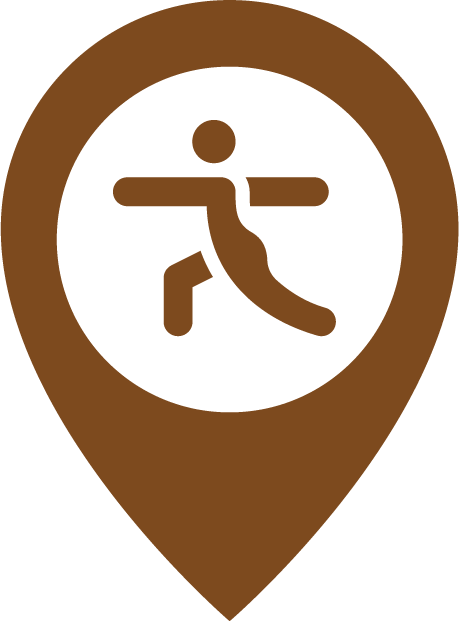
Qigong
Qigong – pronounced “chee gong,” is a traditional Chinese medicine method that is both physical and psychological. Qigong focuses on controlled breathing, movement and posture.
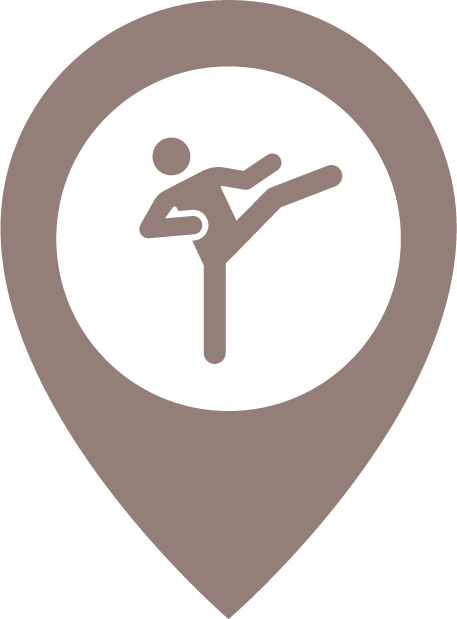
Tai chi
Like qigong, tai chi is both physical and psychological. Once part of martial arts practice, it is now used to build stability in both mind and body. Tai chi involves a cycle of slow gentle movements and poses while meditating and controlling one’s breath.

Yoga, pilates, and strength training
Pilates: An exercise program that uses breathing and posture to strengthen core muscles. This method also helps retrain body postures and habits that are causing negative effects such as pain and limited mobility.
Lifting weights: Resistance training uses everything from free weights and water bottles to your own body weight in order to exercise the muscles. This form of exercise has multiple cycles of lifting at a lower weight than in strength training.
Research spotlight: yoga
Wellness activities, also known as complementary or alternative therapies, have been studied for their effectiveness
for helping cancer patients. As the Lung Cancer Research Foundation, we value these efforts to show how research is
helping all types of therapeutic treatments. Although more research is needed, the results of these efforts have shown
improvement for cancer patients with:
- Sleep quality
- Fatigue improvement
- Pain
- Mood
- Stress
- Cancer-related distress
The success of yoga in cancer care may be due to the impact of breathing styles and poses that positively affect the circulatory (heart, blood & oxygen) and lymphatic (immune) systems. The promising results of these benefits have been incorporated into national guidelines for symptom management.
Although exercise is known as a research-supported tactic to help cancer patients, yoga practice can be built into an exercise routine or considered exercise on its own. For cancer patients, the activity can be gentle and still highly effective.
